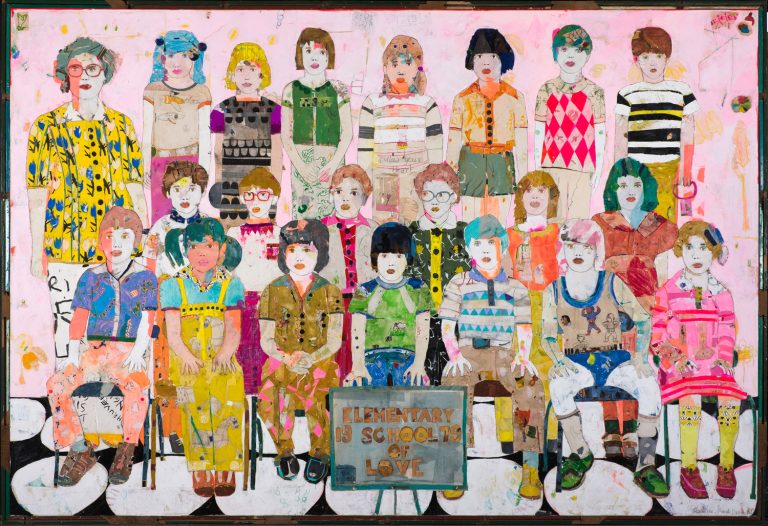
Starting an art collection can be an exciting and rewarding endeavor, whether you’re a novice or an experienced investor. Art collecting not only allows you to surround yourself with beauty and creativity but also offers a potential avenue for financial growth. This comprehensive guide will walk you through the essential steps of starting your art collection, providing valuable insights and strategies for art investment.
Art investment is more than just buying pieces you like; it’s about understanding the art market, recognizing valuable works, and making informed decisions. The value of art can appreciate over time, making it a lucrative investment if approached correctly. Here are the fundamental concepts to consider:
1. Art Valuation: Learn how artworks are valued based on factors like the artist’s reputation, provenance, condition, and historical significance. Understanding art valuation is crucial for making informed purchases.
2. Art Market Trends: Stay updated on art market trends to identify emerging artists and styles. Keeping an eye on current trends helps you make timely investments that can yield high returns.
3. Investment Strategies: Develop art investment strategies that align with your financial goals and interests. Whether you’re looking for long-term appreciation or quick gains, having a strategy will guide your decisions.
1. Define Your Goals and Budget
Before diving into investing in art, it’s essential to define your goals and set a budget. Ask yourself:
Having clear goals and a realistic budget will help you make strategic decisions and avoid impulsive purchases.
2. Educate Yourself
Art investment education is critical for success. Spend time learning about different art movements, artists, and the history of art. Resources such as books, online courses, and museum visits can provide valuable knowledge. Additionally, consider joining art investment communities or forums to connect with other collectors and experts.
3. Research Artists and Artworks
Research is the cornerstone of successful art collecting. Look for information on:
4. Visit Galleries and Art Fairs
Attending galleries and art fairs is a great way to see a wide range of artworks and meet artists and dealers. These venues offer opportunities to:
5. Consider Online Platforms
In the digital age, online platforms have become invaluable for art collectors. Websites like Artsy, Saatchi Art, and 1stdibs offer access to a global market of artworks. These platforms provide detailed information on artists and pieces, making it easier to make informed decisions from the comfort of your home.
6. Start Small and Grow
Begin your collection with smaller, more affordable pieces. This approach allows you to build confidence and gain experience without a significant financial commitment. As your knowledge and budget grow, you can expand your collection with more substantial investments.
7. Seek Expert Advice
Consulting with art advisors or curators can provide valuable guidance. These professionals have extensive knowledge of the art market and can help you identify worthwhile investments, navigate negotiations, and authenticate purchases.
8. Diversify Your Collection
Diversification is a key principle in art investment strategies. Consider acquiring artworks from various genres, periods, and artists. A diverse collection not only reduces risk but also enriches your experience as a collector.
9. Maintain and Protect Your Collection
Proper maintenance and protection are essential for preserving your investment. Ensure that artworks are stored and displayed in appropriate conditions to prevent damage. Additionally, consider insuring your collection against theft, loss, or damage.

Women have made significant contributions to the art world, both as creators and collectors. Focusing on women in art investment can provide unique opportunities to support female artists and diversify your collection. Many female collectors are also involved in promoting gender equality in the arts, adding a meaningful dimension to their investment.
Starting an art collection is a journey that combines passion, knowledge, and strategy. By understanding the fundamentals of art investment, educating yourself, and making informed decisions, you can build a collection that brings joy and potential financial rewards. Remember to stay updated on art market trends, seek expert advice, and support diverse voices in the art world.
CHOOSE YOUR FIT
Start course today to embark on an art investment journey that’s not only financially rewarding but also culturally enriching and empowering.
Newsletter
Embark on art investment journey that’s not only financially rewarding, but also culturally enriching and empowering.

Embark on art investment journey that’s not only financially rewarding, but also culturally enriching and empowering.
By subscribing, you agree to our Privacy Policy and consent to receive updates from our company.
Share on Facebook
Navigation
Read
@ 2024 Womenartinvestment All rights reserved.